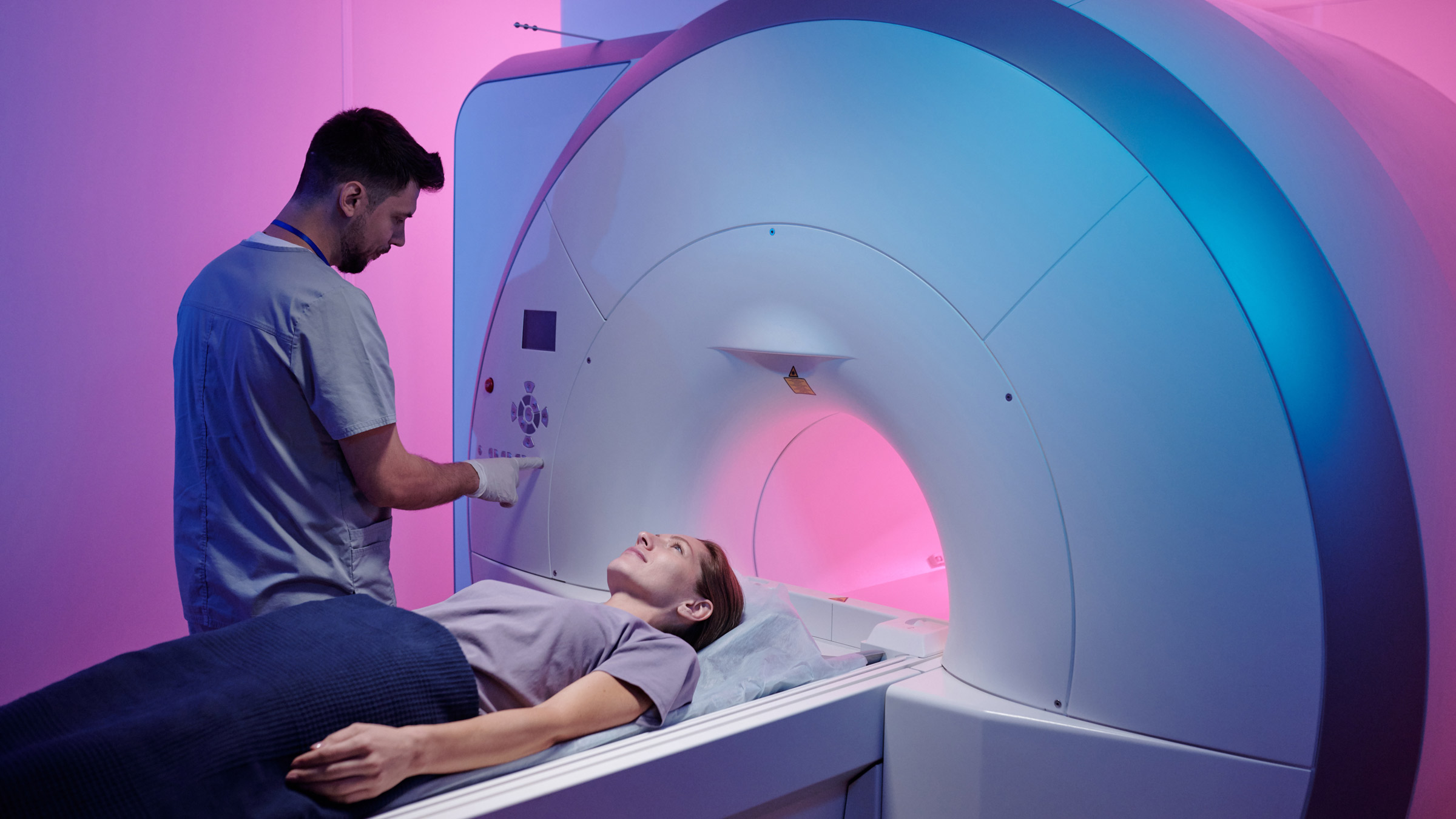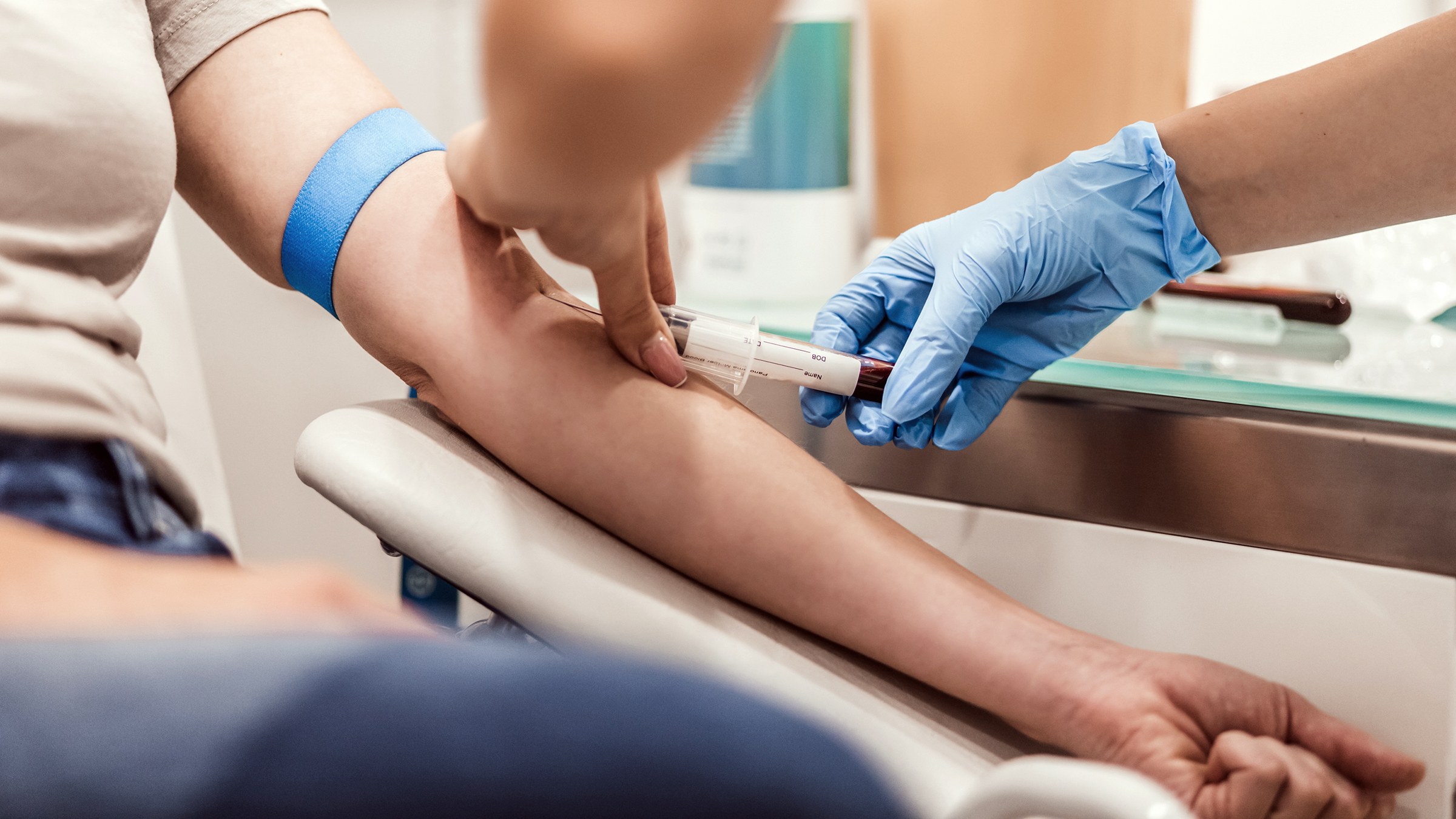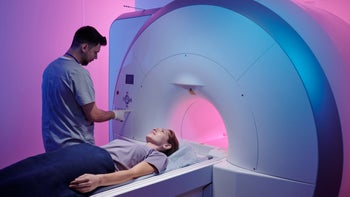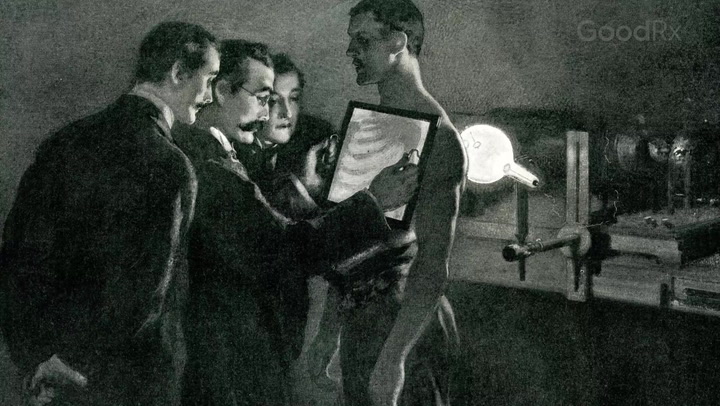
What to Expect During an Electroencephalogram (EEG)
Key takeaways:
An EEG (electroencephalogram) is a painless test that measures your brain’s electrical activity.
EEGs can diagnose seizures and other brain conditions.
You may need EEG monitoring for only a brief period of time or for several hours.
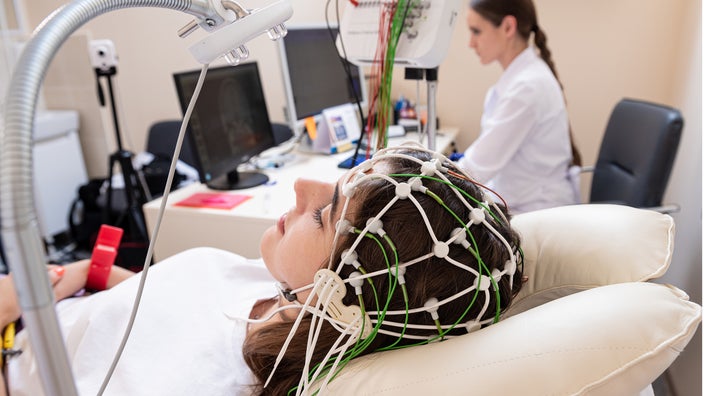
An electroencephalogram (EEG) is a test that measures brain activity. It’s painless and relatively inexpensive. Since its invention 100 years ago, healthcare teams have used EEGs to diagnose seizures and other brain conditions. If you or a loved one needs an EEG, here’s everything you can expect from this test, including tips to prepare.
What conditions does an EEG diagnose?
EEGs help diagnose seizure disorders. Your healthcare provider may recommend an EEG if you have new seizures or if you have a seizure disorder and are having more seizures than usual.
They’re also helpful when it’s not clear if a person is having seizures. For example, people who are nonverbal and have limited mobility from conditions like cerebral palsy may have subtle or no physical activity when they have seizures.
EEGs can also help diagnose:
Infections like meningitis and encephalitis
Brain illnesses like encephalopathy
Brain death
People with certain types of brain tumors or those who need brain surgery often need to get an EEG.
Supporting someone with seizure disorder: It’s important to stay calm when a loved one is in crisis, as this brother learned when his teenage sister had her first seizure.
Knowing which meds can cause seizures: Certain medications could make you more likely to have a seizure by lowering your seizure threshold.
Taking lamotrigine for seizures: This medication treats certain types of seizures but may come with side effects. Learn about 11 lamotrigine side effects and how to manage them.
How does an electroencephalogram work?
An EEG measures the brain’s electrical activity. It’s similar to an electrocardiogram (EKG), except that an EKG measures the electrical activity of your heart instead of your brain. Both tests use similar setups that include electrodes, wires, and a monitor.
During an EEG, a specialist places electrodes on parts of your scalp that correspond to different parts of the brain. These electrodes attach to wires. And the wires connect to a computer. The computer displays the electrical activity the electrodes pick up. The computer also records the electrical activity so that a physician can review in real time or later on.
There might also be a video camera attached to the computer to provide a live feed. The video also records for later review.
What are the different types of EEGs?
There are different types of EEGs, but they all work the same way. The difference is in their setup:
Standard EEG: A standard EEG lasts about 1 hour. You’ll be awake, and the provider may ask you to do certain activities, like breathing fast or looking at flashing lights.
Continuous EEG: This is the same as a standard EEG but lasts longer. These are used in hospitals and may include a video camera.
Sleep EEG: Sleep EEGs can be helpful if you’re having seizures during sleep. You may need to wear the EEG monitor overnight. This can take place in your home or at a medical facility.
Video EEG: These include a video camera and may be short (a few hours) or long (over 8 hours). You’ll wear the EEG monitor and have a video camera facing you. If the EEG is picking up unusual brain activity, your doctor can watch the video to see what you're doing when that activity happens. These types of EEGs happen at a medical facility.
Ambulatory EEG: Similar to the video EEG, this type of EEG captures seizures during daily life. You’ll wear a cap with electrodes that attach to a portable cassette recorder. You can go about your daily routine and the EEG will pick up your brain activity.
How long does an EEG last?
EEGs can be short or long depending on the type of EEG. A standard EEG lasts about 1 to 2 hours. A typical sleep EEG lasts at least 3 to 4 hours. Video, ambulatory, and continuous EEGs last anywhere between 8 to 24 hours — and sometimes longer.
Remember, the EEG is monitoring your brain activity in real time. If you don’t have unusual brain activity while wearing the EEG, then the test might not be helpful. That’s why healthcare providers may recommend longer EEGs.
WHAT TO READ NEXT
Popular stories this week
How to get ready for an electroencephalogram
EEGs aren’t invasive or painful. So getting ready for one is relatively straightforward. Your healthcare provider will go over specific instructions with you. Here are some general steps to expect:
You may need to stop taking your anti-seizure medications before the EEG. Always follow your healthcare provider’s directions on how to safely stop these medications.
Don’t drink any caffeinated beverages for 8 to 12 hours before your EEG. Caffeine is a stimulant that affects your brain. It can interfere with the EEG results. You may also need to stop other stimulants, like ADHD medications.
Wash your hair with shampoo the night before or the morning of your EEG. Don’t apply any conditioner or other hair products. These products keep the electrodes from sticking to your scalp.
Arrange a ride home if you’re having a sleep-deprived EEG. You may feel groggy after and need help getting home.
What happens after an electroencephalogram?
When your EEG is over, the technician will help you remove the electrodes and glue. Your healthcare provider will give you the results over the phone or at a follow-up visit. It may take a few days to get your full results. The next steps will depend on your EEG results.
What’s the best way to get electroencephalogram glue out of your hair?
A frustrating part of an EEG is getting the glue out of your hair after. The electrodes attach to your scalp with medical-grade glue. This glue has to be strong enough to keep electrodes on your scalp as you move around. So it’s a lot of work to get off once the EEG is over.
Acetone and collodion remover are both great at removing the glue. Acetone, like the stuff in nail polish remover, has a harsh chemical smell. Acetone can make it hard to breathe or even trigger an asthma attack if you’re sensitive to fumes. It’s also very drying and can damage hair and irritate skin. And it evaporates very fast, so any glue still in your hair will harden again.
Collodion remover is more mild, but it’s not available over the counter. You can ask for some extra remover after your EEG. Consider bringing an empty travel bottle with you to fill at the office.
When you get home, apply your preferred skin-safe oil to your scalp. Massage the oil into any areas where you still feel some glue. Let the glue sit for 10 to 20 minutes and then wash your hair with shampoo. The remaining glue will be loose enough to comb out.
If you can’t get everything out, resist the urge to wash with hot water or pull the glue out. Both will damage your hair and scalp. Instead, keep applying oil and washing it out each day. Your hair grows a few millimeters every day. This may not sound like a lot, but it’s enough to push the glue away from your scalp after 3 to 4 days. This makes it easier to remove with a comb.
The bottom line
An electroencephalogram (EEG) is a painless test. An EEG monitors brain activity and helps diagnose seizures and other brain conditions. During an EEG, a specialist places electrodes on your scalp and a computer records your brain activity. EEGs can last anywhere from 1 to 24 hours, depending on the kind of EEG you need.
References
Beniczky, S., et al. (2020). Electroencephalography: Basic biophysical and technological aspects important for clinical applications. Epileptic Disorders.
Britton, J. W., et al. (2016). An orderly approach to eeg analysis: Visual inspection of the background and pattern recognition. Electroencephalography (EEG): An Introductory Text and Atlas of Normal and Abnormal Findings in Adults, Children, and Infants.
Britton, J. W., et al. (2016). Appendix 6. A brief history of EEG. Electroencephalography (EEG): An Introductory Text and Atlas of Normal and Abnormal Findings in Adults, Children, and Infants.
Debicki, D. B. (2017). Electroencephalography after a single unprovoked seizure. Seizure.
Seer Medical. (n.d.). About collodion.




